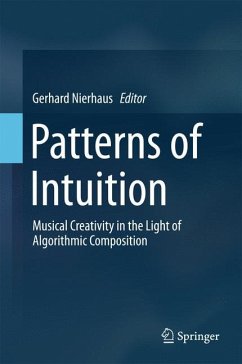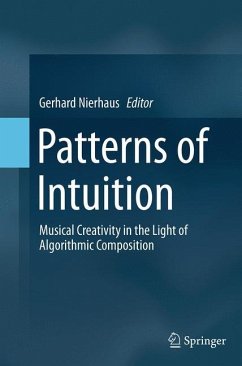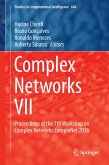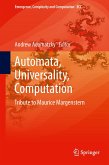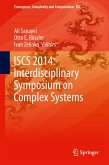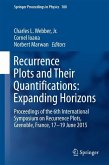The present book is the result of a three year research project which investigated the creative act of composing by means of algorithmic composition. Central to the investigation are the compositional strategies of 12 composers, which were documented through a dialogic and cyclic process of modelling and evaluating musical materials. The aesthetic premises and compositional approaches configure a rich spectrum of diverse positions, which is reflected also in the kinds of approaches and methods used. These approaches and methods include the generation and evaluation of chord sequences using genetic algorithms, the application of morphing strategies to research harmonic transformations, an automatic classification of personal preferences via machine learning, and an application of mathematical music theory to the analysis and resynthesis of musical material. The second part of the book features contributions by Sandeep Bhagwati, William Brooks, David Cope, Darla Crispin, Nicolas Donin, and Guerino Mazzola. These authors variously consider the project from different perspectives, offer independent approaches, or provide more general reflections from their respective research fields.
"This is a useful read about composers 'collaborating' with computational techniques in their musical work. ... there is much of interest to be discovered in this fascinating collection of case studies. ... The contribution of this book is to explore (in detail) how different composers and computers might fruitfully collaborate and enhance each other's creative capabilities, from a range of perspectives." (Anna Jordanous, Computing Reviews, December, 2015)

